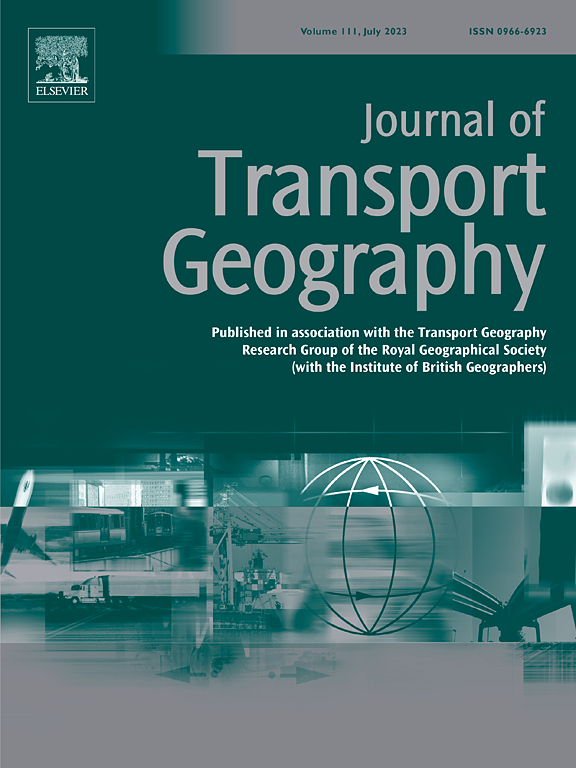Towards a better understanding of changes in cost per riders for bus routes before and after the COVID-19 pandemic in Montréal, Canada
IF 5.7
2区 工程技术
Q1 ECONOMICS
引用次数: 0
Abstract
The COVID-19 pandemic has severely impacted the finance of transit agencies by reducing farebox revenues. Combined changes in ridership and service operation levels have further transformed the financial efficiency of public-transit services. Understanding how these changes vary between routes is crucial to inform service optimization processes to reduce transit agencies' operational deficits. Using data from the bus network in Montréal, Canada, for 2019 and 2022, we assessed changes in cost per rider at the route-level before and right after the COVID-19 pandemic. We categorized daytime multi-stops bus routes (N = 184) based on the income of the areas they served and their cost per rider across both years to assess diverging temporal and spatial patterns. Our results highlighted that high cost per rider routes were mostly located in the periphery of the study area and in the downtown core and that such patterns worsened following the pandemic, particularly for the downtown core. We observed that routes which served higher income areas tended to have higher cost per rider on average than middle- or low-income ones. We further confirmed this finding by categorizing bus routes by their cost per rider, finding that high cost routes in both 2019 and 2022 tended to be serving higher income areas than other routes. The consideration of both temporal, spatial and socio-economic variation of the cost of bus services provides nuance insight to transportation planners as they aim to optimize bus services while being mindful of potential ridership loss and vertical equity issues.
求助全文
约1分钟内获得全文
求助全文
来源期刊

Journal of Transport Geography
Multiple-
CiteScore
11.50
自引率
11.50%
发文量
197
期刊介绍:
A major resurgence has occurred in transport geography in the wake of political and policy changes, huge transport infrastructure projects and responses to urban traffic congestion. The Journal of Transport Geography provides a central focus for developments in this rapidly expanding sub-discipline.
 求助内容:
求助内容: 应助结果提醒方式:
应助结果提醒方式:


